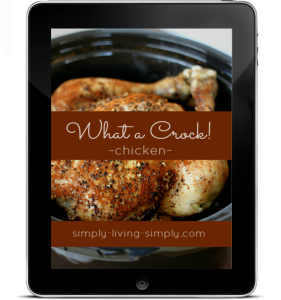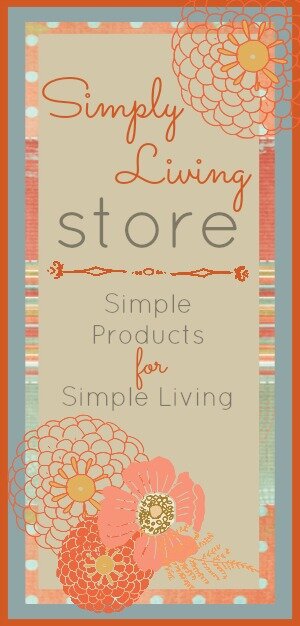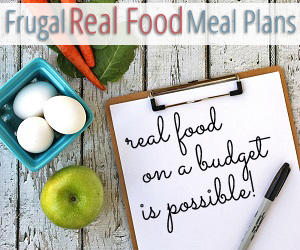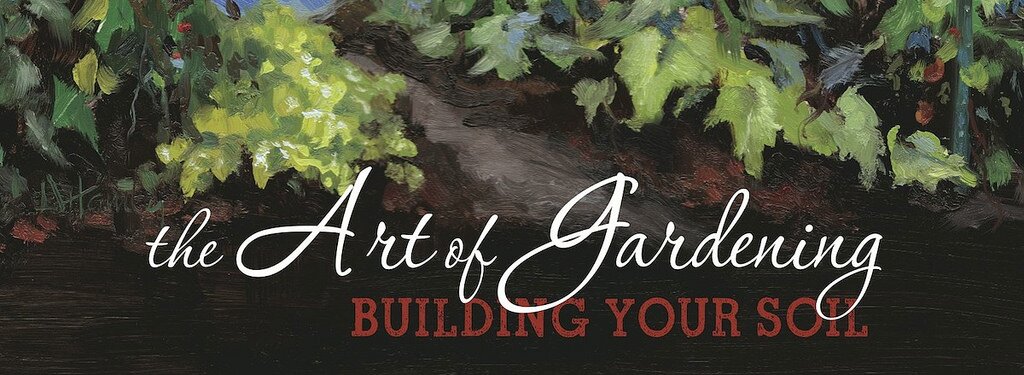I absolutely love to ferment!
You may know (or not…that’s another post!), that I love Kombucha…so this was a natural progression for me. I have made fermented veggies in the past, but it was a hit-and-miss endeavor. Sometimes they turned out, most often they didn’t. When Matt from Fermentools contacted me…and I investigated his site and product…I was terribly excited! FINALLY…tools that I could use, that were simple and easy and would have me fermenting like a crazy woman in no time!
Before we get to my first recipe at the bottom of the post…let’s look briefly at what fermentation is, why you should ferment your own food and how it’s good for you!
What is Fermentation?
Fermentation is one of the oldest food preservation techniques known to man. The process of fermenting foods is efficient and inexpensive, and it requires little by way of scientific knowledge or special equipment . Fermentation is the only food preservation technique that makes food healthier instead of damaging, which is double duty and double good in my book. The fermentation process is a natural chemical process in which yeast or bacteria convert carbohydrates into lactic acid or alcohol in an anaerobic or near-anaerobic environment (really geeky language there, huh??!!) When done properly, fermenting food encourages the growth of healthy microorganisms, while seeking to prevent the growth of microorganisms that cause food to spoil or go bad. In addition to preserving food, fermenting breaks some of the substances food is made of down into simple components the body is able to recognize and quickly process into energy and nutrients. Fermented food is full of living organisms that are beneficial to the human body. This stands in stark contrast to most of the foods consumed today, which are largely devoid of healthy organisms, such as fast food, food with perservatives, and the list can go on and on.
From the outside looking in, fermented foods can be a bit intimidating. Fermenting is a foreign concept to most people and it appears to go against the basic precepts of food safety. We’re taught from a young age not to leave food out or it’ll spoil, and leaving food out is exactly what you’re told to do in order to ferment it. While it’s true the fermenting process requires you to leave food at room temperature in order to ferment it, fermenting doesn’t cause food to go bad. Instead, it does the exact opposite and actually improves the nutritional value of the food by adding healthy probiotic bacteria that rebalance your gut and are thought to improve your overall health.
Why It’s Better to Ferment Your Own Food
Spend enough time around people who ferment food and you’ll undoubtedly hear someone say fermentation is more of an art form than it is a science . The lacto-fermentation process doesn’t lend itself well to large -batch fermentation because it’s tough to produce consistent results. Even when fermentation methods are standardized, the end product won’t consistently be exactly the same every time— which is what consumers expect from off-the-shelf, mass produced products. For this reason, most manufacturers use brining methods that mimic fermentation in flavor and texture, but don’t feature the same healthy bacteria you get when lactobacillus is used. These manufacturers use techniques that slow or completely eliminate the formation of healthy bacteria in the name of more consistent results.
Fermented Foods Are Alive
If you’ve never fermented anything before, you’re in for a special treat. Fermented foods are living and breathing foods teeming with life. They’re nothing like the sterile, boring foods you’re used to. Fermented foods bubble, froth and create gases as part of the fermentation process and people are often surprised by just how dynamically alive (and pungent) fermented foods can be. Fermented vegetables go through a transformation process known as lactofermentation. Natural lactobacteria that exist on the vegetables begin to feed on the sugars and starch in the food and they convert it to lactic acid, gases and small amounts of a bunch of other compounds.
Let’s get to my first recipe…I think you will LOVE it! But be warned, it is strong, I wouldn’t let these little beauties sit and ferment to long!
Green Tomatoes & Garlic
I decided to use garlic and green tomatoes for my first fermenting project. I am a southern gal and we just love our green tomatoes. And for some reason, they were plentiful here in southern California this year. So, after I made a batch or two of Fried Green Tomatoes I had leftovers and thought…what shall I do with these beauties…ferment them!!
Ingredients:
Garlic Cloves
Green Tomatoes
Red Chili Peppers
Himilayan Sea Salt
Water
Jar(s)
Fermentool Fermenting System
Directions:
*Prior to assembling your ferment, wash and sanitize your jars.
1. Seperate your head of garlic into cloves and peel.
2. Gather your green tomatoes
3. Dice tomatoes into rough chunks
4. Layer garlic cloves and tomatoes
5. Add red chili peppers to taste
*To make your brine use distilled or filtered water, boil it, and add 3 TBSP of Himalayan Salt per Qt. of water. Allow to dissolve, pour over vegetables leaving 1 inch of head space. Install the glass weight on top of your veggies to keep it under the brine.*
*Allow your ferement to buble away for about 1 week, but I would check it after 3 days. Everyone’s taste is different. The longer you allow it to ferment the stronger it will get. When it is to your liking, remove the ferment system, cap with a regular lid and refrigerate. Your fermented veggies should keep for about 6 months.
I used the ferementing system from Fermentools. They have a complete system that only requires you to have good water (aka distilled or filtered) and your wide mouth canning jars. And we all have those…right?!! Also the beauty of using Fermentools system is that it is ideal for small batches. Which is just perfect for my hubby and me. We don’t eat much so a Qt. at a time is juuuust right! Fermentools kits come with everything you will need:
Himalayan Salt
Stainless Steel Tops
3 Way air locks
Stoppers
Gaskets
Glass Weights
For some reason some of my photos that I took of the supplies in the kit didn’t come out right. So I went and snagged these pics from Fermentools website so you could see the amazing tools you get to work with when you purchase your kits from them. I promise, I will get you more pics in future posts!
This is a sponsored post. I was sent a kit from Fermentools for my consideration and review. I would only recommend to you, my dear readers items that I myself would use and that I think are just fantastic…which this is! Fermentools has an amazingly easy and simple product to use and top-notch customer service. Why don’t you head on over to Fermentools today and check out all the kits, info and recipes today!
Do you ferment?
What’s your favorite food to ferment??
Want more “Fermenting” articles and recipes? Head on over to these great sites for more…..
My dear friend Janet from Timber Creek Farm has a great post: Easily Ferment Vegetables at Home
And my other dear friend Jo from Homestead Chronicles has a great post: Veggie Fermenting Simplified
This article may be hopping around the following Blog Hops: (mis)Adventures Mondays Blog Hop, The HomeAcre Hop, Wildcrafting Wednesday, Homestead Blog Hop, From the Farm Fridays, Simple Saturdays Blog Hop, Simple Life Sunday Blog Hop.
Copyright Notice: This article may from time to time be contributed to third-party sites, but it is COPYRIGHTED, and it may not be used without my written permission. If you are interested in any of my articles, please contact Kat Yorba; Author and owner of Simply Living Simply directly for republishing information.
Affiliate Notice: Many of my blog posts contain affiliate links. Purchasing through an affiliate link does NOT increase the price you pay but allows me to keep blogging, sharing and bringing you great content.
Medical Disclaimer Notice: Nothing in this post is to be construed as medical advice, simply a sharing of things that have worked for me &my family. If you have any symptoms of serious illness, taking medication, pregnant or nursing, or have never worked with herbal materials or essential oils before, please consider consulting a medical professional before use. I am unable to offer advice for your particular medical situation; please ask your Doctor, Nurse Practitioner or Naturopath for further guidance. The statements made here have not been approved by the Food & Drug Administration. These statements are not intended to diagnose, treat, cure or prevent disease. This notice is in accordance and required by the Federal Food, Drug & Cosmetic Act.



























[…] This article was written by Kat from Simply-Living-Simply and can be viewed here. […]